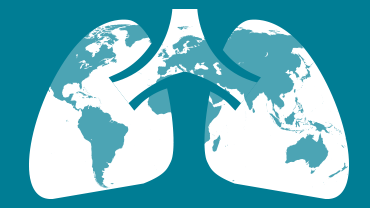Social determinants and risk factors in tuberculosis surveillance in the EU/EEA
Tuberculosis (TB) is more frequent in certain socio-economic groups and the course of the disease can be more rapid or more severe in individuals with specific risk factors. To address the TB epidemic there is therefore a need for information on social determinants and risk factors in TB patients. This information can be collected in TB surveillance systems. The objective of this report is to provide countries with advice on what social determinant and risk factor variables to collect and what definitions to use, and to propose information to be collected at the national and European level.
Executive Summary
Background
Tuberculosis (TB) is more frequent in certain socio-economic groups and the course of the disease can be more rapid or more severe in individuals with specific risk factors. To address the TB epidemic there is therefore a need for information on social determinants and risk factors in TB patients. This information can be collected in TB surveillance systems.
Objective
The objective of this report is to provide countries with advice on what social determinant and risk factor variables to collect and what definitions to use, and to propose information to be collected at the national and European level.
Methods
A survey was conducted by the European Centre for Disease Prevention and Control (ECDC) and the World Health Organization (WHO) Regional Office for Europe to better understand the definitions and categories used for collecting information on social determinants and risk factors for TB. The results of the survey were discussed at the European Union (EU)/European Economic Area (EEA) TB Surveillance Network meeting in 2016, and thereafter, an ECDC Working Group (WG) on Social Determinants and Risk Factors for TB was established. The WG discussed and decided which variables to collect and WG members developed definitions for the selected social determinants and risk factors. The proposed variables and definitions were presented at the joint ECDC and WHO Tuberculosis Surveillance Network meeting in 2017 and input of the network members was sought. The WG subsequently developed the final list of variables and definitions and recommended which variables to collect at national level and at EU/EEA level.
Results
Twenty-seven of 31 (87%) countries responded to the survey and reported collecting information on 21 different social determinants/risk factors. Countries used different definitions and categories for the social determinant and risk factor concepts. The WG recommended nine variables to be collected at the national level: ‘education’ (educational status); ‘imprisonment’; ‘employment status’; ‘homelessness’; ‘year (date) of entry to the country’; ‘in contact with TB case’; ‘use of alcohol’; ‘use of illicit drugs’; and ‘diabetes mellitus’ and provided definitions for these variables. One variable ‘year (date) of entry to the country’ was recommended by the WG for collection at EU level.
Conclusions
The collection of information on social determinants and risk factors for TB is important to guide prevention and control activities in the EU/ EEA. The list of nine variables and the standard definitions are meant to be a guide for Member States. The collection of these variables will provide information for prevention and control of TB and will contribute to ending TB in the EU/EEA.
Download








